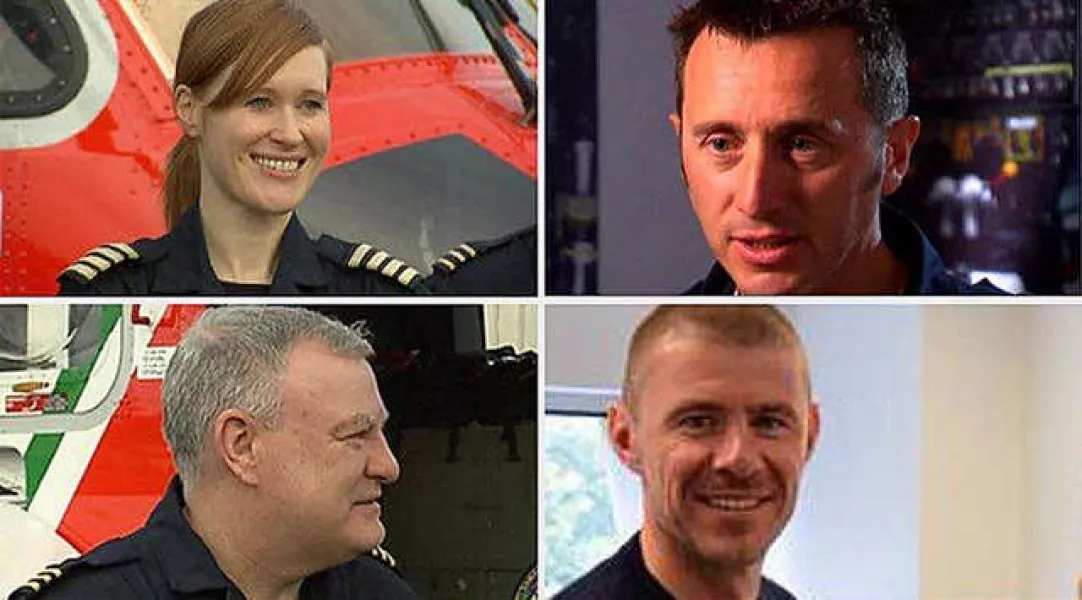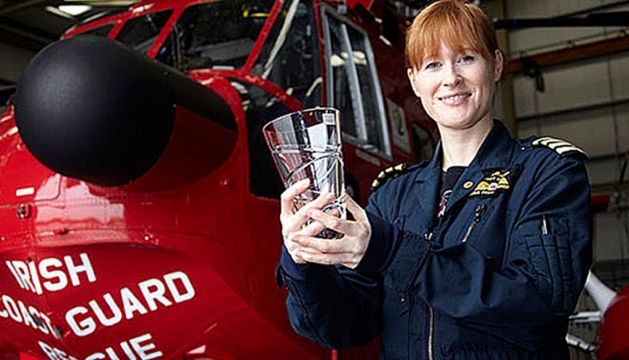An investigation into the Irish Coast Guard helicopter R116 crash that claimed four lives has identified “systemic safety issues”.
It found that the aircraft was manoeuvring at 200ft and nine nautical miles from the intended landing point, at night and in poor weather conditions, unaware that a 282ft obstacle was on the flight path.
There were “serious and important weaknesses” with the operator’s safety management systems (SMS) in relation to navigation and the reporting of safety issues, “such that certain risks that could have been mitigated were not”, its report said.
Rescue 116 crashed off Co Mayo at 12.46am on March 14th, 2017 with four crew on board after it struck Blackrock Island, 19km off the coast.

Captain Dara Fitzpatrick, the commander of the flight, was pulled from the sea in the hours after the crash and never regained consciousness, while the body of Captain Mark Duffy, the co-pilot, was taken from the cockpit 12 days later by Navy divers.
The bodies of winchmen Paul Ormsby and Ciaran Smith were never recovered despite weeks of intensive seabed, surface and shore searches.
The investigation report found that concerns had been raised over the navigation system – the Enhanced Ground Proximity Warning System (EGPWS) – four years before the crash.
Emails from 2013 highlighted that the lighthouse at Blackrock was not listed in the obstacle database.
The crew “probably believed” that the route taken, by design, “provided adequate terrain separation from obstacles”, the report said.
The conditions on the night in question meant it was not possible for the crew “to accurately assess horizontal visibility”.
“There were serious and important weaknesses with aspects of the operator’s SMS, including in relation to safety reporting, safety meetings, its safety database Sqid (Safety and Quality Integrated Database) and the management of FMS (flight management system) route guide, such that certain risks that could have been mitigated were not,” it added.

The report by the Air Accident Investigation Unit (AAIU), published on Friday, has made 42 safety recommendations in light of the findings, which the Department of Transport said it “fully accepts”.
Minister for Transport Eamon Ryan said: “This was a tragic accident that claimed the lives of four individuals who were dedicated to saving the lives of others.
“I would like to again convey my condolences to the families and loved ones of the R116’s crew at this time.
“The completion of the investigation and the publication of the report is a key step in ensuring that such accidents are prevented in the future.”
The report also called on CHCI, the company which provided the helicopters to the Irish Coast Guard, to review its guidance, operating and training procedures in respect of its EGPWS navigating system, and to ensure crews “are aware of the limitations”.

In addition, questions were raised over whether the rescue mission was necessary under official protocols.
The National Search and Rescue (SAR) Framework states that such missions are for people “who are, or are believed to be, in imminent danger of loss of life”.
Reports showed that the fisherman at the centre of the rescue was in danger of losing a thumb, but did not appear to be at risk of bleeding out.







